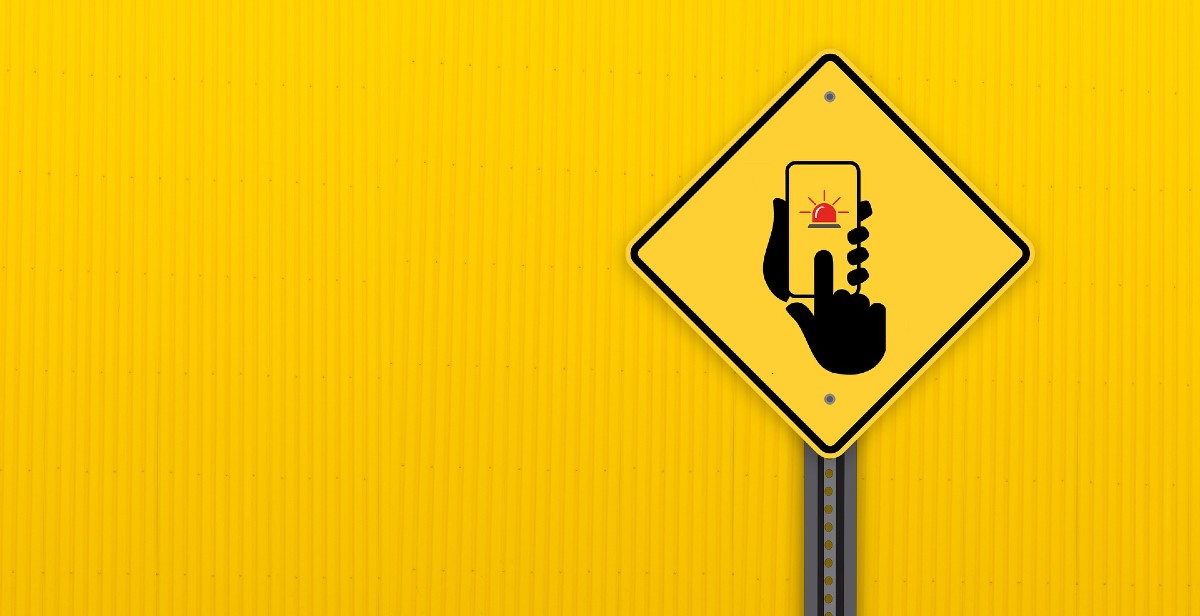 The second screen space has seen a significant amount of consolidation over the last year or so. One of the consolidators has been tvtag, which acquired GetGlue – one of the leading TV companion apps – in November of last year. Tvtag has 9 million registered users on the its platform, has established over 75 TV network and studio partners in the US, and enjoys backing from some heavyweight investors including Union Square Ventures, RRE Ventures, Time Warner, Rho Ventures and DIRECTV. Here Brad Pelo, CEO at tvtag, discusses user retention, how to avoid becoming overly dependent on third party social networks, and how the second screen can be used alongside online video.
The second screen space has seen a significant amount of consolidation over the last year or so. One of the consolidators has been tvtag, which acquired GetGlue – one of the leading TV companion apps – in November of last year. Tvtag has 9 million registered users on the its platform, has established over 75 TV network and studio partners in the US, and enjoys backing from some heavyweight investors including Union Square Ventures, RRE Ventures, Time Warner, Rho Ventures and DIRECTV. Here Brad Pelo, CEO at tvtag, discusses user retention, how to avoid becoming overly dependent on third party social networks, and how the second screen can be used alongside online video.
For those who aren’t familiar with the product, could you provide a little background information on TVTag and how the app works?
tvtag is an easy and fun way to share TV moments and connect with other fans while watching their favorite shows. tvtag presents users with a feed of TV moments (hand-selected by a team of curators) that act as a digital “water cooler” where users can tag show moments with comments, emotes, doodles, poll votes, and memes. These tagged moments can then be shared with friends on Twitter and Facebook.
Many of the second screen apps seem like great concepts but struggle to keep their users coming back. Are you seeing repeat users? If so, how are you doing it?
We’re seeing strong retention numbers, thanks in large part to the experience and the community. In the same way a show carries continuity through a season, tvtag users check in week after week to pick up where the story and conversation left off. Many of our users are already used to the idea of socialising while watching their favorite shows, and tvtag offers the easiest and most fun way of jumping right into the stream of conversation.
How dependent are you on third party services and social networks like Twitter, Facebook etc? As many of the social platforms have a past history of moving the goalposts on their partners when it suits them, how does a business like yours safeguard against such moves?
We mitigate risk around policy and service changes by maintaining close relationships with all of our third-party vendors so that we can become aware of any changes before they happen and then adjust. At the same time, we’ve been careful to design tvtag in a way that we can act as independently as possible of third parties.
How do you define TV? Does it include connected TV and online video content which mightn’t be delivered by traditional broadcast methods?
TV content is TV content, wherever you watch it. But tvtag is designed for live TV first. We do have plans to make tvtag work just as seamlessly with online video or time-shifted viewing as with live, but that functionality will come in future updates to our service.




